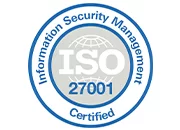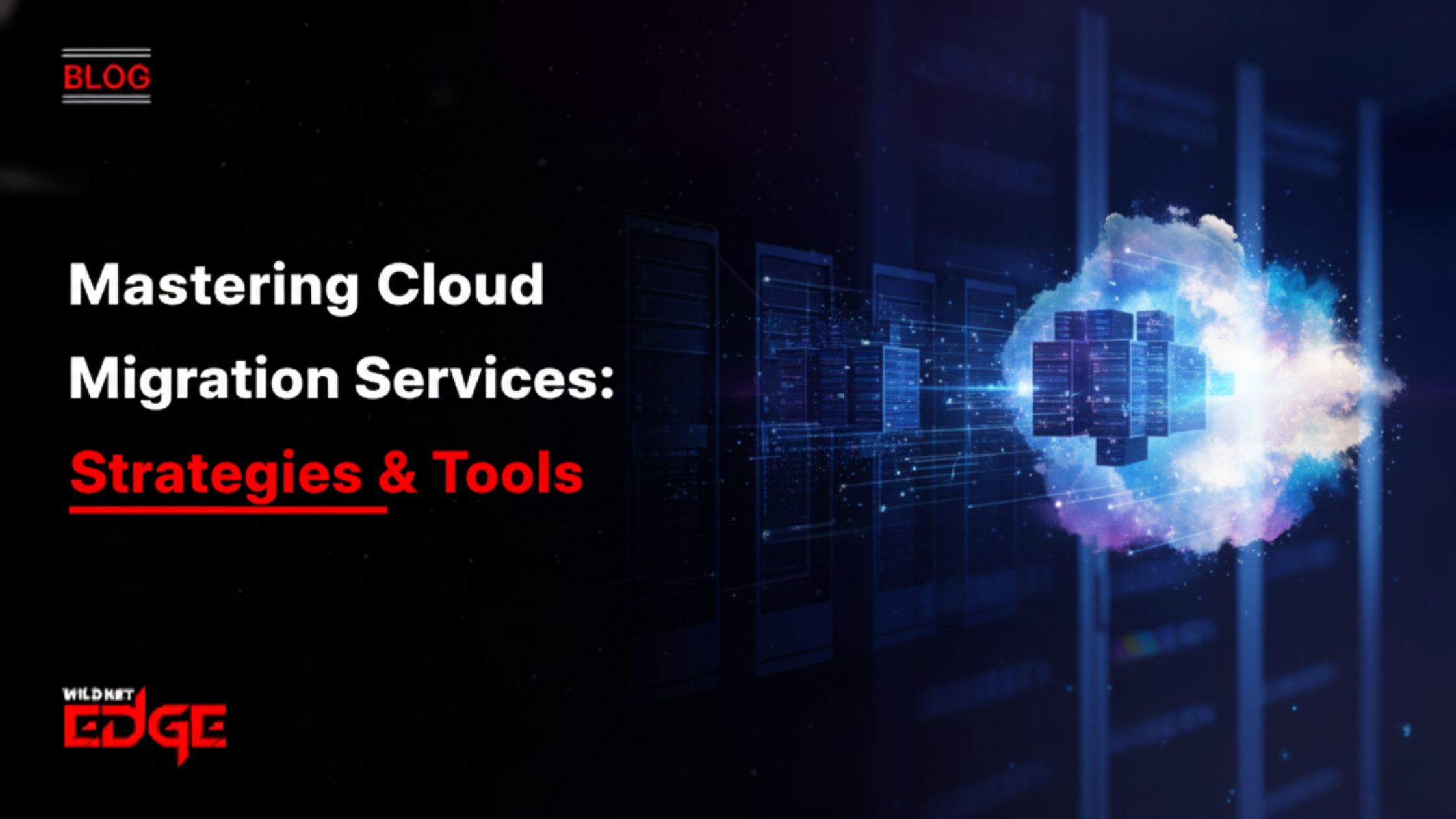Introduction:
Feeling overwhelmed by the cloud migration journey? You’re not alone. Navigating cloud migration services can be tricky without the right strategy or tools. But don’t worry, we’ve got you covered. Dive in to learn how to make your cloud transition seamless and secure.
Crafting Your Cloud Migration Strategy
The first step in mastering cloud migration services is developing a robust cloud migration strategy. This process requires careful planning and assessment to ensure a smooth transition. Here are the essential steps involved:
- Identify Business Goals and Requirements: Begin by outlining what you aim to achieve through cloud migration. Are you looking to reduce costs, improve scalability, or enhance performance? Clear objectives will guide your entire strategy.
- Assess Current Infrastructure and Workloads: Take stock of your existing IT infrastructure. Identify which applications and workloads are crucial to your business operations. This assessment will help you understand what needs to be migrated and the resources required.
- Prioritize Applications for Migration: Not all applications should be migrated at once. Prioritize them based on their importance to your business and the complexity of migration. Start with less critical applications to test your strategy before moving mission-critical workloads.
- Choose the Right Migration Approach: There are several cloud migration approaches—lift and shift, re-platforming, or refactoring. Choose the method that aligns with your business goals and technical capabilities. For example, lift and shift is suitable for quick migrations, while refactoring allows for optimization post-migration.
By following these steps, you can create a comprehensive cloud migration strategy that minimizes risks and maximizes benefits.
Exploring Cloud Deployment Models
Understanding cloud deployment models is crucial for selecting the right environment for your business needs. Here are the primary models:
- Public Cloud: This model offers shared resources hosted by third-party providers over the internet. It’s cost-effective and scalable, making it ideal for startups and small businesses looking for flexibility without heavy investments. However, concerns about data security and compliance may arise.
- Private Cloud: A private cloud is dedicated to a single organization, providing enhanced control and security. This model is suitable for businesses with strict compliance requirements or sensitive data. However, it often comes with higher costs and management overhead.
- Hybrid Cloud: Combining public and private clouds, hybrid models allow businesses to take advantage of both environments. Companies can keep sensitive data secure in a private cloud while utilizing the scalability of a public cloud for less critical workloads. This flexibility makes it an attractive option for many organizations.
Choosing the Right Model for Your Business
When selecting a cloud deployment model, consider factors such as:
- Data Sensitivity: If your business handles sensitive information, a private or hybrid cloud may be the best choice.
- Budget: Assess your budget constraints and weigh the costs of each model.
- Scalability Needs: If you anticipate rapid growth, a public cloud may offer the flexibility you require.
- Compliance Requirements: Industry regulations may dictate the type of cloud environment you can use.
By understanding the benefits and drawbacks of each cloud deployment model, you can make an informed decision that aligns with your business objectives.
Choosing the Right Cloud Service Providers
Selecting the right cloud service providers is a critical component of your cloud migration strategy. Here are some criteria to consider:
- Evaluate Service Offerings and Capabilities: Different providers specialize in various services. Assess their capabilities, including computing power, storage options, and services like machine learning and analytics. Ensure the provider can meet your specific needs.
- Consider Pricing Models and Support Services: Cloud providers offer various pricing models—pay-as-you-go, subscription-based, or reserved instances. Choose a model that fits your budget and usage patterns. Additionally, evaluate their customer support services, as responsive support can be a lifesaver during your migration process.
- Analyze Security and Compliance Standards: Security should be a top priority when choosing a cloud service provider. Investigate their security protocols, data encryption practices, and compliance with industry standards such as GDPR or HIPAA. A reliable provider will have robust security measures in place to protect your data.
By carefully evaluating cloud service providers based on these criteria, you can find a partner that aligns with your business goals and ensures a secure and efficient migration.
Key Cloud Security Considerations
As you navigate the cloud migration process, it’s essential to prioritize security. Here are key considerations to keep in mind:
- Implementing Encryption and Access Controls: Data encryption is vital for protecting sensitive information during migration. Ensure that data is encrypted both in transit and at rest. Additionally, establish strict access controls to limit who can access your cloud resources.
- Regular Security Audits and Monitoring: Conduct regular security audits to identify vulnerabilities and ensure compliance with security policies. Continuous monitoring of your cloud environment can help detect potential threats and respond quickly to incidents.
- Ensuring Compliance with Industry Standards: Compliance is crucial for businesses operating in regulated industries. Familiarize yourself with relevant regulations and ensure your cloud provider complies with them. This may include data residency requirements, audit trails, and incident response plans.
By addressing these security considerations, you can protect your data during and after migration, ensuring a secure cloud environment for your business.
Conclusion
Successfully navigating the cloud migration landscape requires a well-thought-out strategy and the right partners. With the insights provided here, you’re on the path to a seamless transition. Trust WildnetEdge to guide your journey with expert cloud migration services. Ready to make the move? Let’s get started.
FAQs
Q1: What are the essential steps in a cloud migration strategy?
Key steps include assessing current infrastructure, prioritizing applications, and choosing an appropriate migration approach.
Q2: How do I choose the best cloud deployment model?
Consider your business needs, the benefits and drawbacks of each model, and select the one that aligns with your goals.
Q3: Which criteria are crucial when selecting cloud service providers?
Evaluate their service offerings, pricing, support, and security standards to ensure they meet your business requirements.
Q4: What tools are recommended for data migration?
Tools like AWS Migration Hub, Azure Migrate, and Google Cloud’s Migrate for Compute Engine are popular choices.
Q5: How can I ensure cloud security during migration?
Implement encryption, conduct regular security audits, and maintain compliance with industry standards.

Nitin Agarwal is a veteran in custom software development. He is fascinated by how software can turn ideas into real-world solutions. With extensive experience designing scalable and efficient systems, he focuses on creating software that delivers tangible results. Nitin enjoys exploring emerging technologies, taking on challenging projects, and mentoring teams to bring ideas to life. He believes that good software is not just about code; it’s about understanding problems and creating value for users. For him, great software combines thoughtful design, clever engineering, and a clear understanding of the problems it’s meant to solve.
 sales@wildnetedge.com
sales@wildnetedge.com +1 (212) 901 8616
+1 (212) 901 8616 +1 (437) 225-7733
+1 (437) 225-7733































